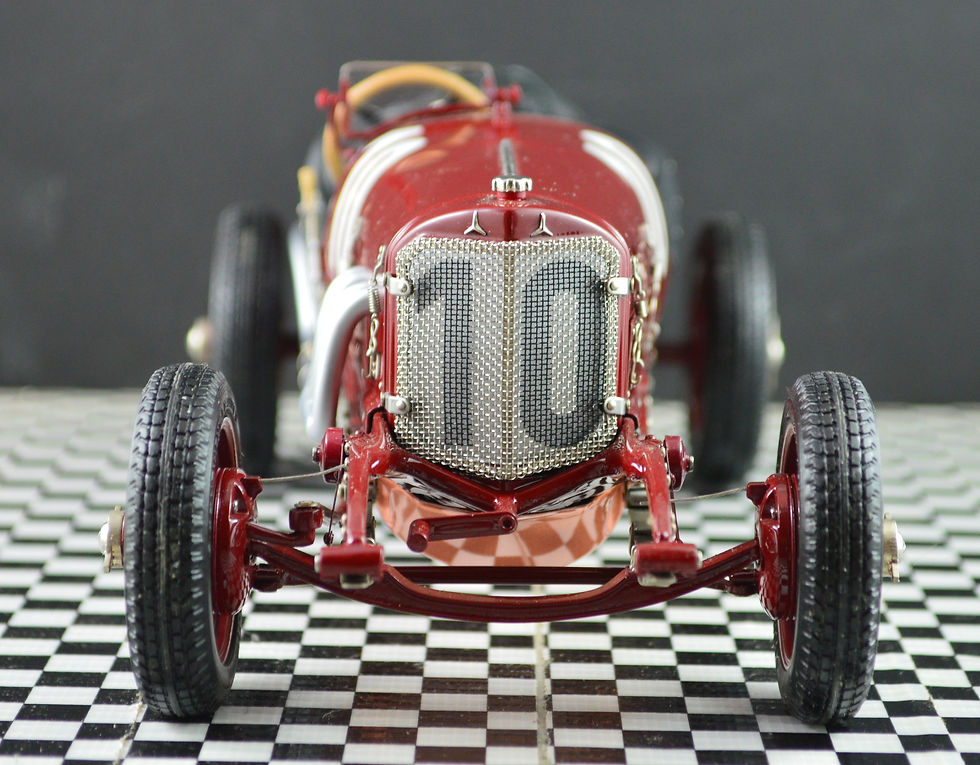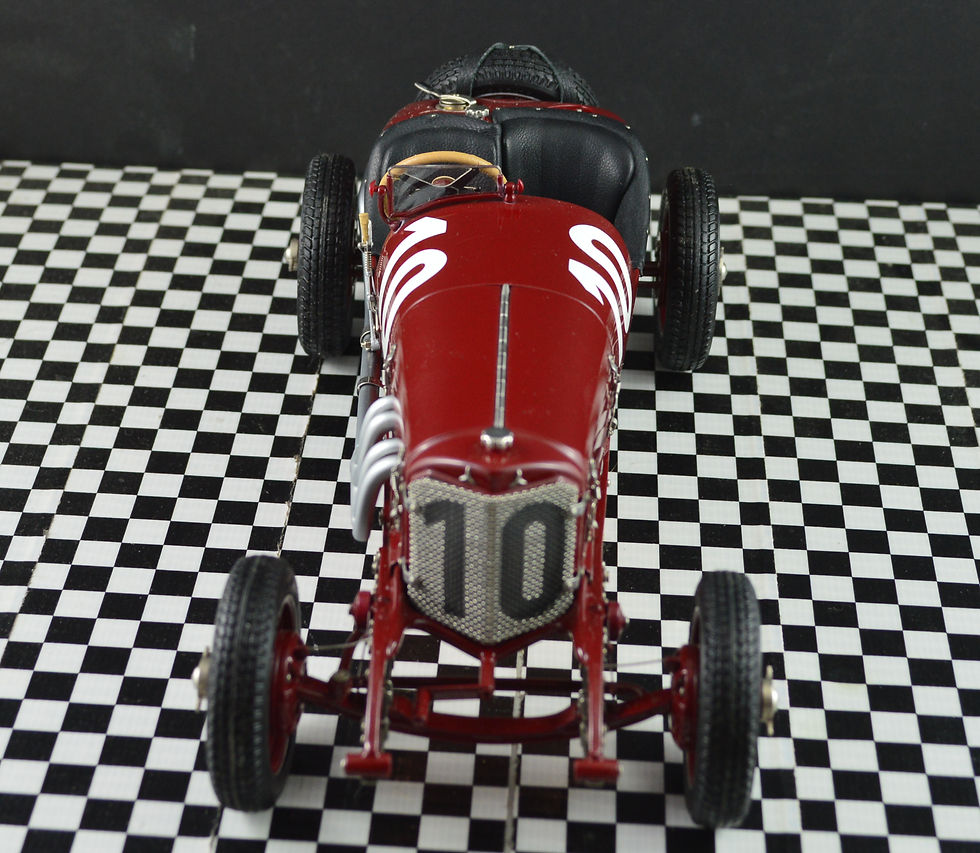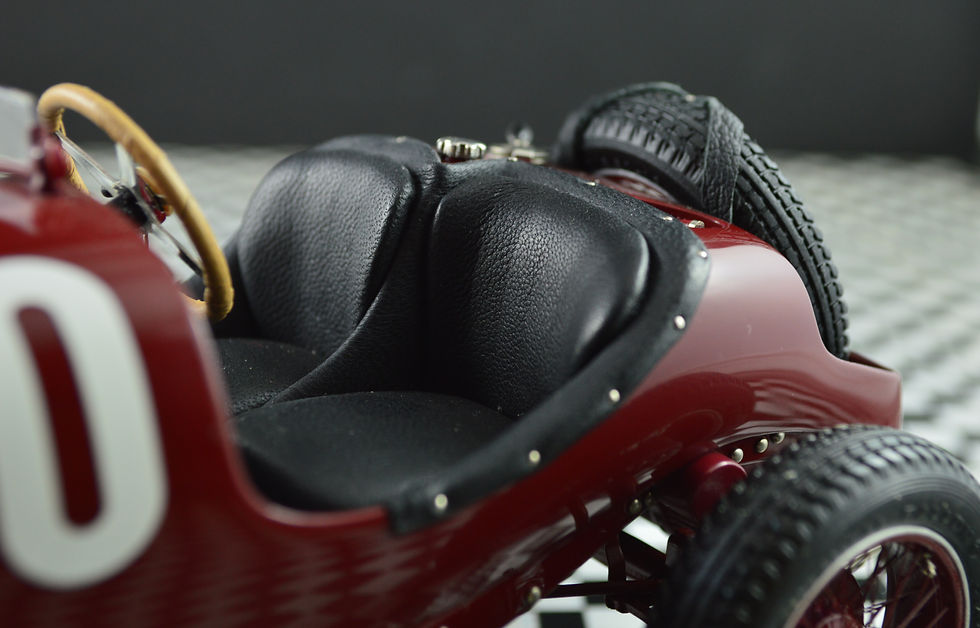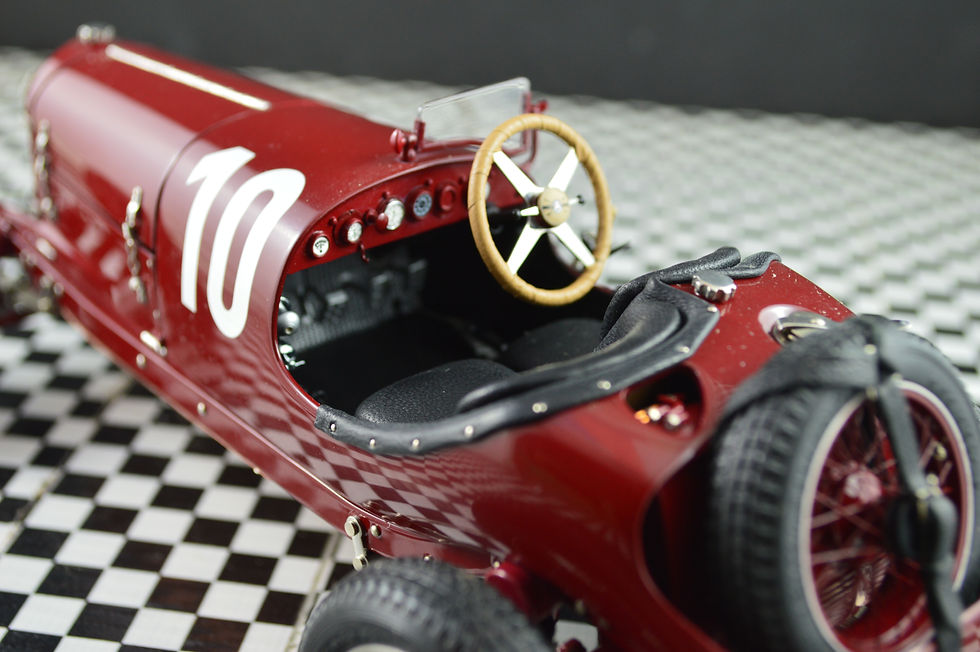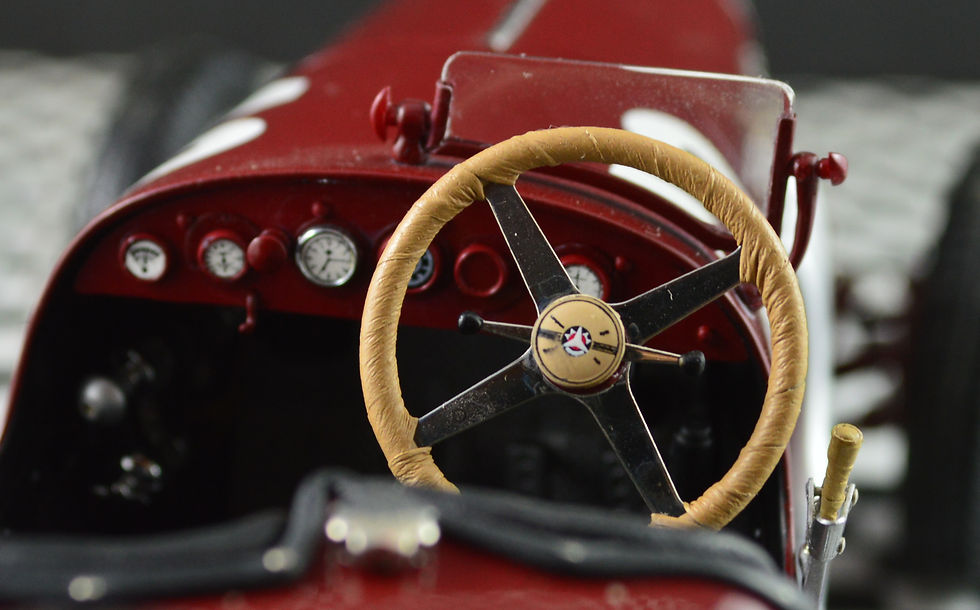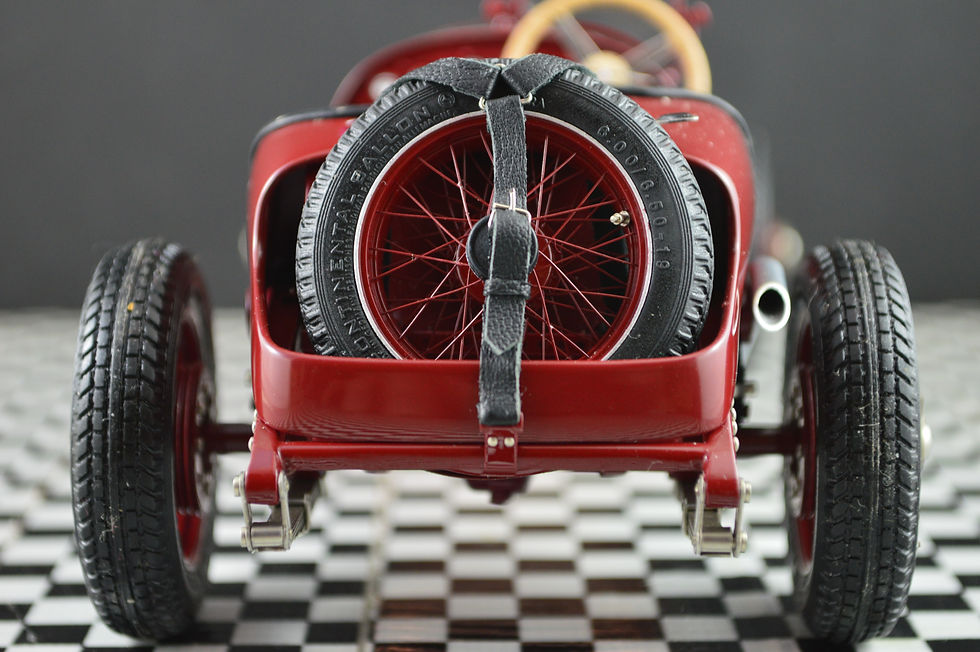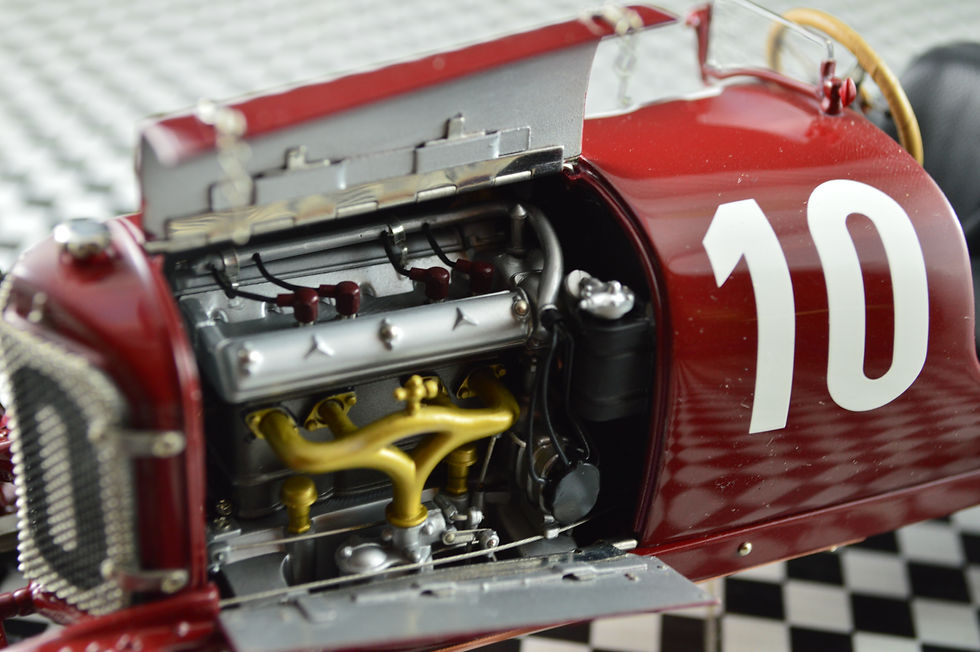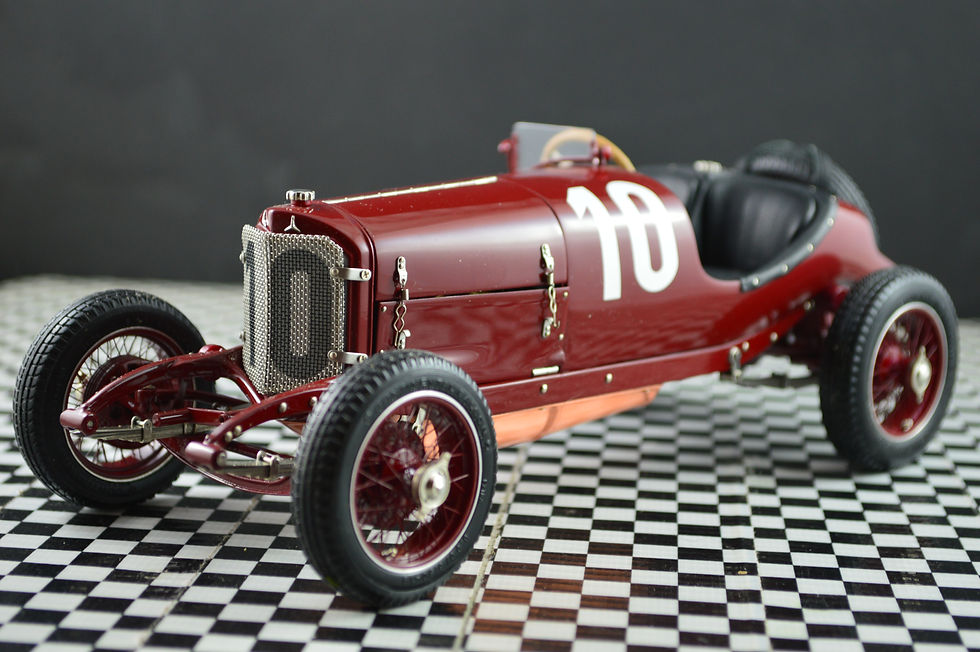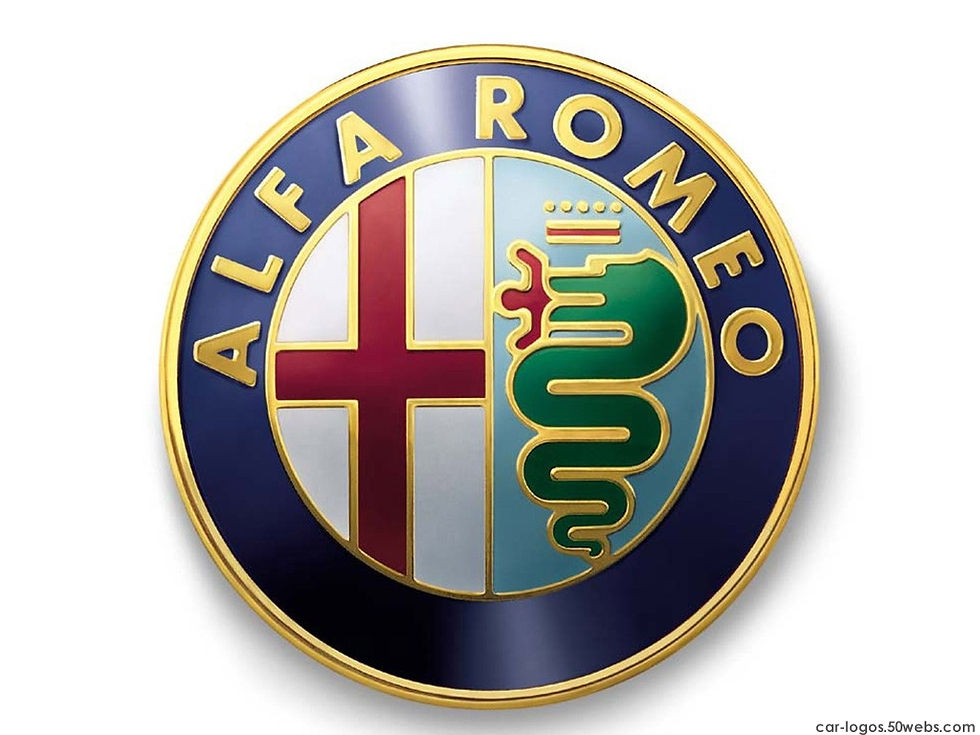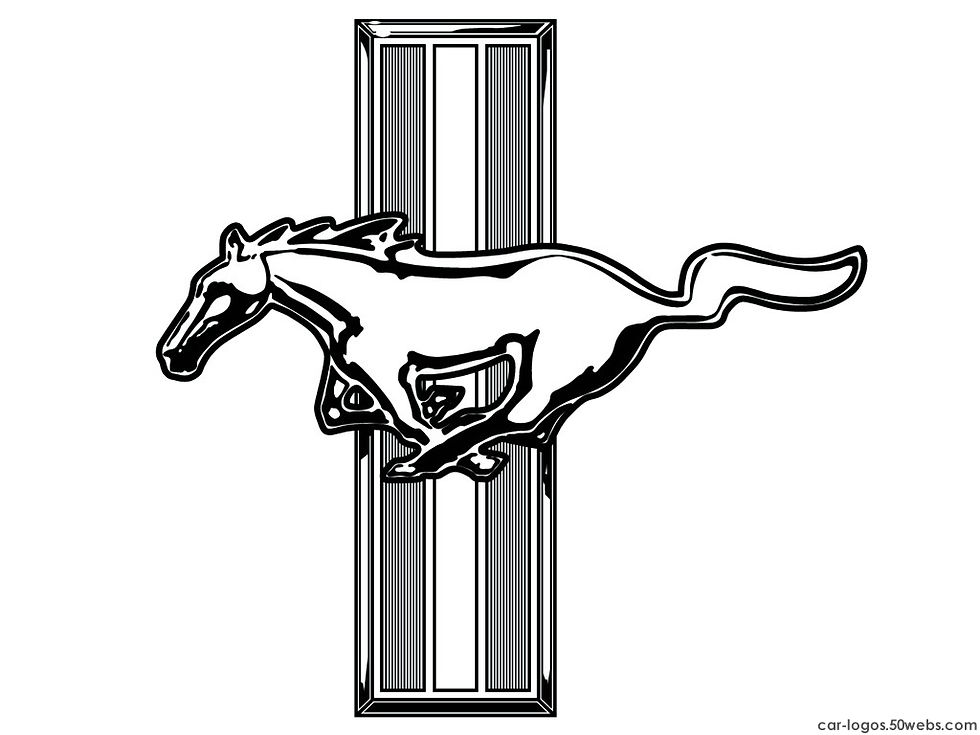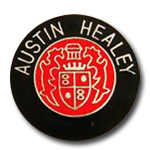
I began collecting 1:43 scale die cast cars around thirty years ago but for the last fifteen years have switched to 1:18 scale. I have around 260 models. I try to collect examples of cars which are benchmarks in engineering and design. My taste is quite eclectic and ranges from all types of racing to family sedans I hope to show some of my cars and tell some of the history on this website. I would like to acknowlege Wikopedia and the various automotive sources I have gleaned most of the information on this site from. This is a private collection and not for sale. Thank-you for viewing and I hope you enjoy... .
Hello...and welcome to Micro-Rides

THE SHOWROOM
1967 Alfa Romeo Tipo 33 Stradal Prototype

The Alfa Romeo 33 Stradale is an mid engined sports car built by Alfa Romeo of Italy. "Stradale" (Italian for "road-going") is a term often used by Italian car manufacturer to indicate a street-legal (usually heavily modified and/or underpowered) version of a sports car. The car was introduced at the Sport Car Show at Monza, Italy in September 1967. Only 18 have been made
The race-bred engine bore no relation to the mass-produced units in Alfa's more mainstream vehicles. Race engineer Carlo Chiti designed an oversquare (78 mm (3.1 in) bore x 52.2 mm (2.1 in) stroke) dry-sump lubricated all aluminum 1,995 cc (121.7 cu in) V8 that featured SPICA fuel injection, four ignition coils and 16 spark plugs. The engine used four chain-driven camshafts to operate the valve train and had a rev-limit of 10,000 rpm. The engine produced 230 hp (172 kW) at 8,800 rpm in road trim and 270 bhp (201 kW) in race trim. The engine valves are operated via chain-driven double-overhead cams and has a 10.5:1 compression ratio. Because every Stradale is hand built and unique the power levels can vary by car, used rpms etc., for example the first production Stradale (No. 750.33.101) has factory datasheet that claims 243 hp (181 kW) at 9,400 rpm with a "street" exhaust and 254 hp (189 kW) with open exhaust
Specifications
Top speed 260 km/h (160 mph)
0–97 km/h (0-60 mph) 5.5 seconds
Type 90° V8 DOHC
Displacement 2.0 L 1,995 cc (121.7 cu in)
Power 230 bhp (170 kW) @ 8,8000 rpm
Torque 200 N·m (150 lb·ft) @ 7,000 rpm

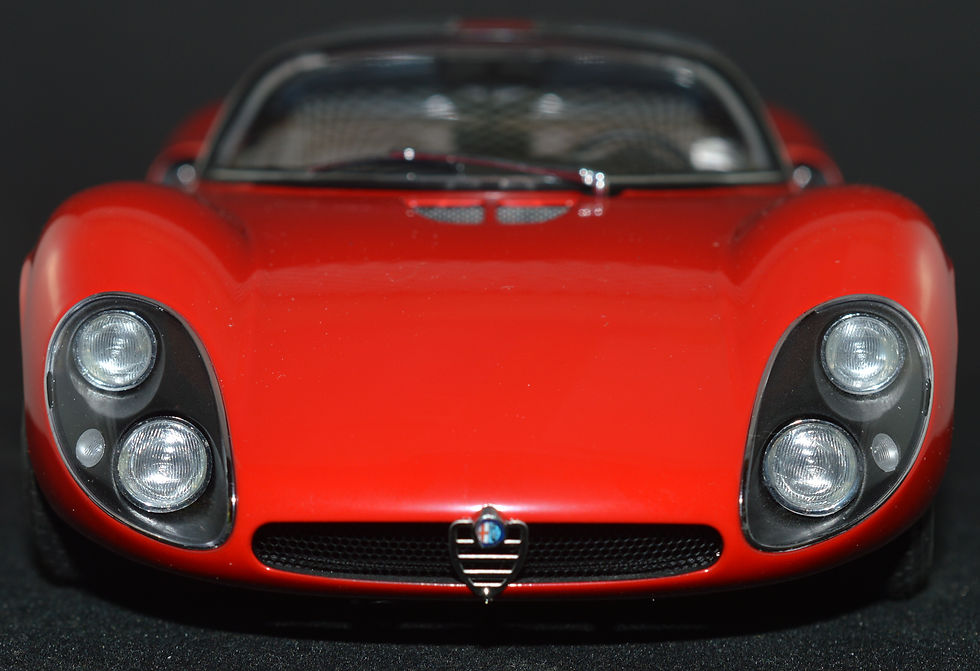

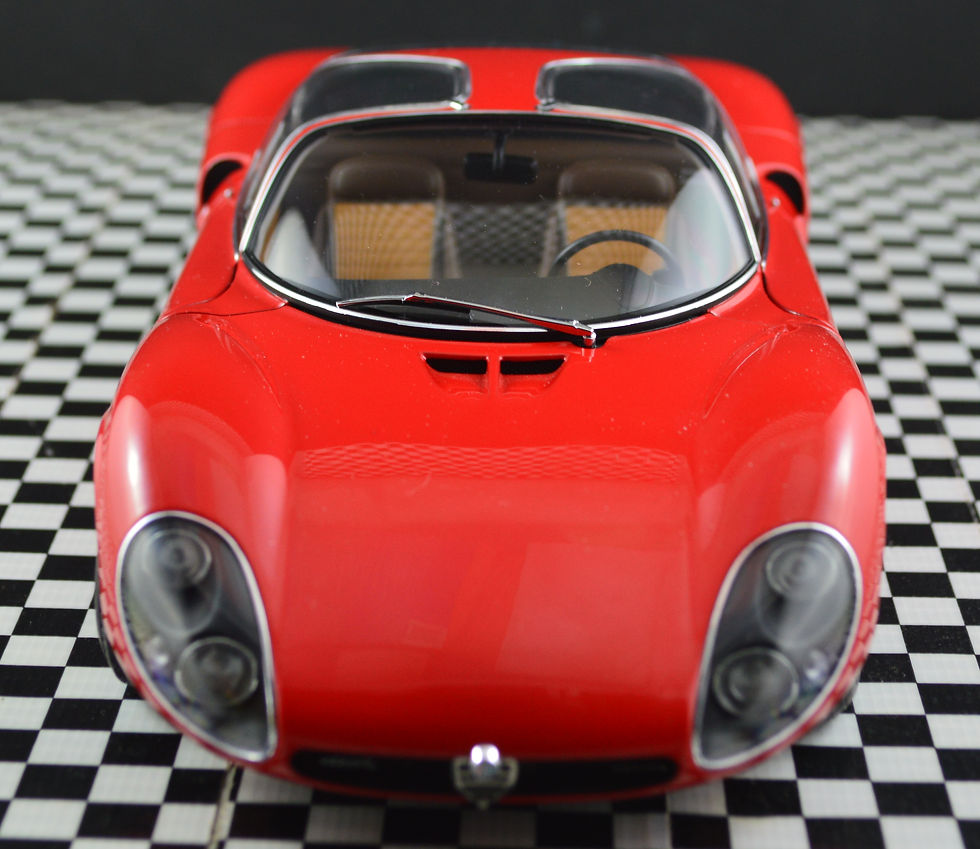

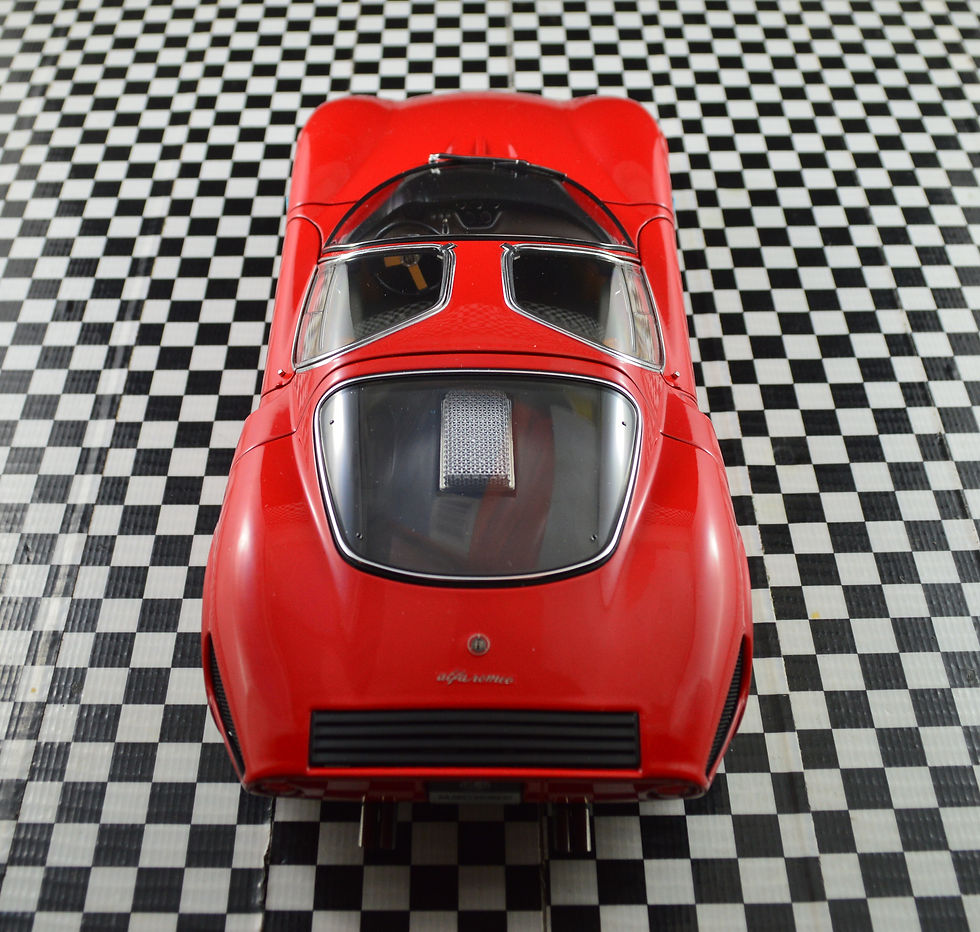
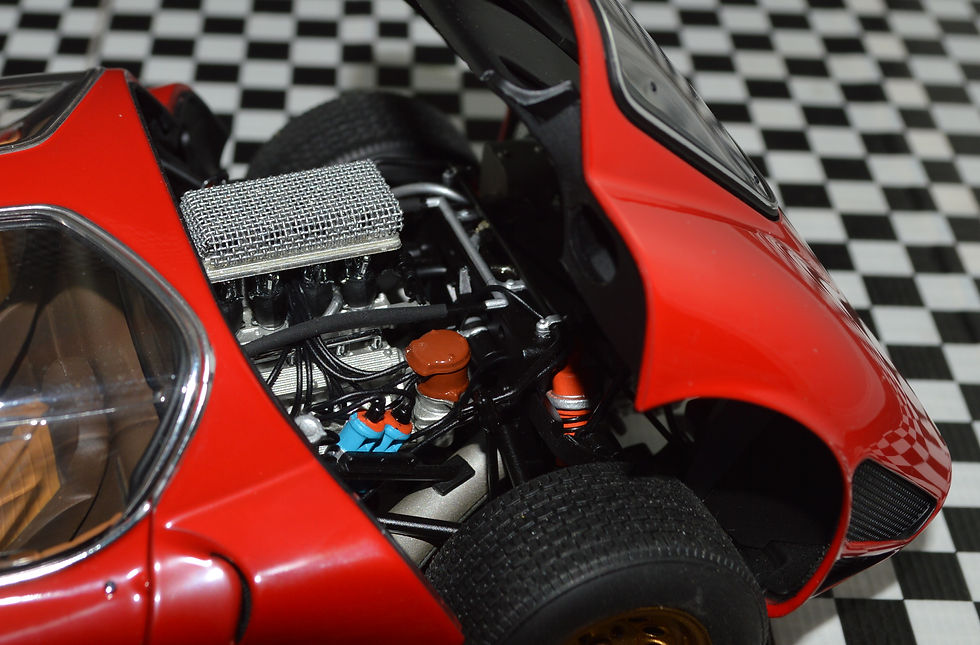
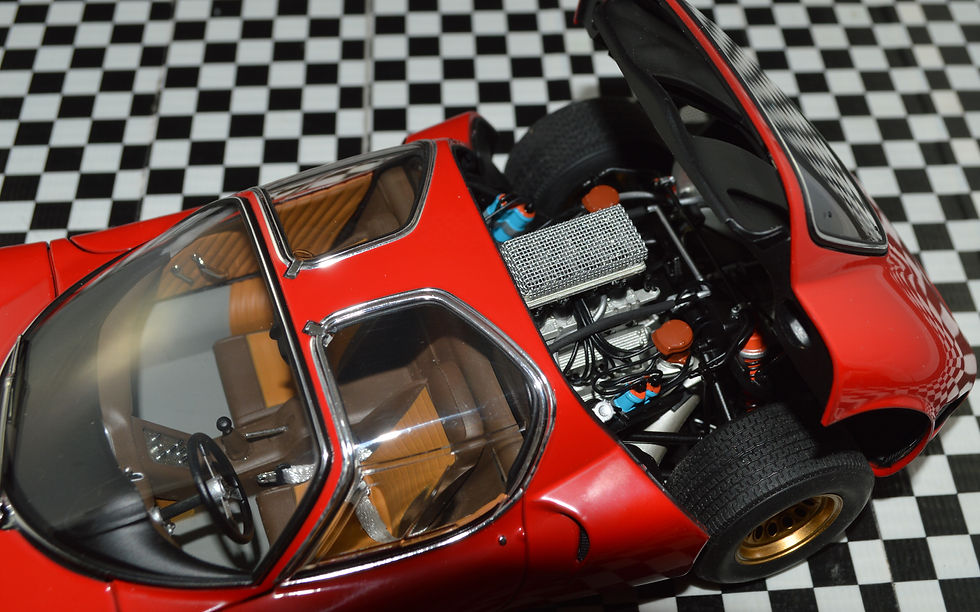

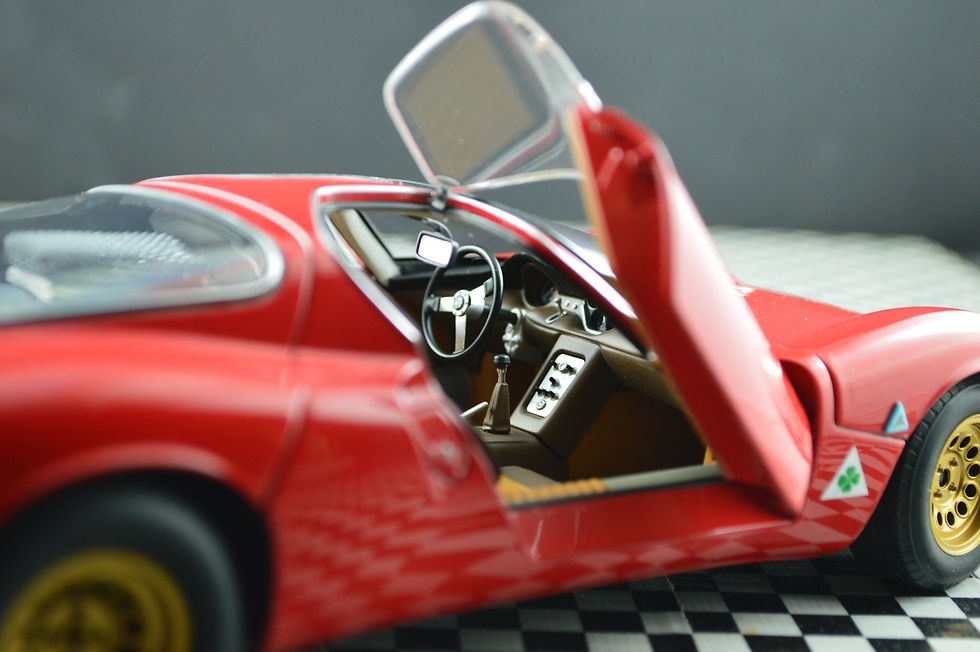
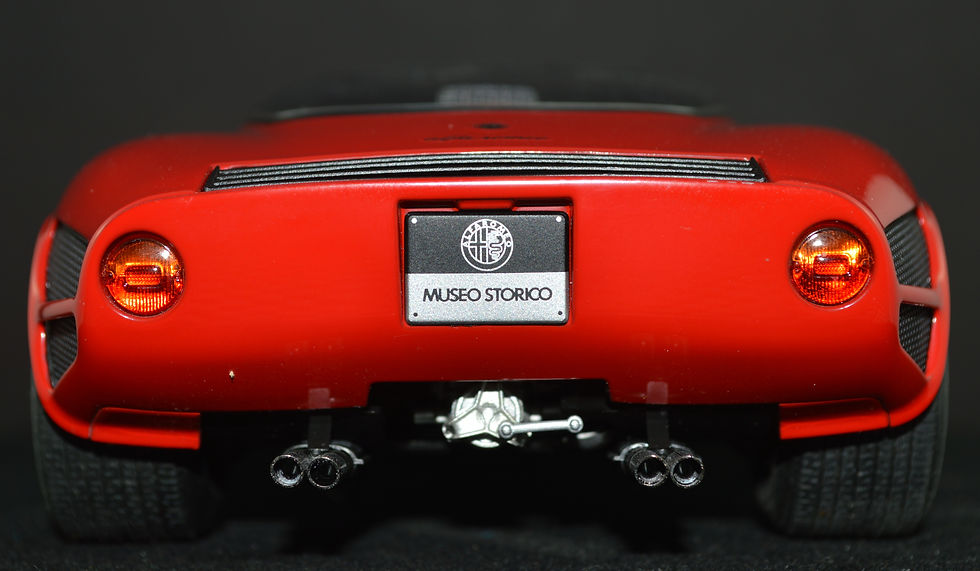
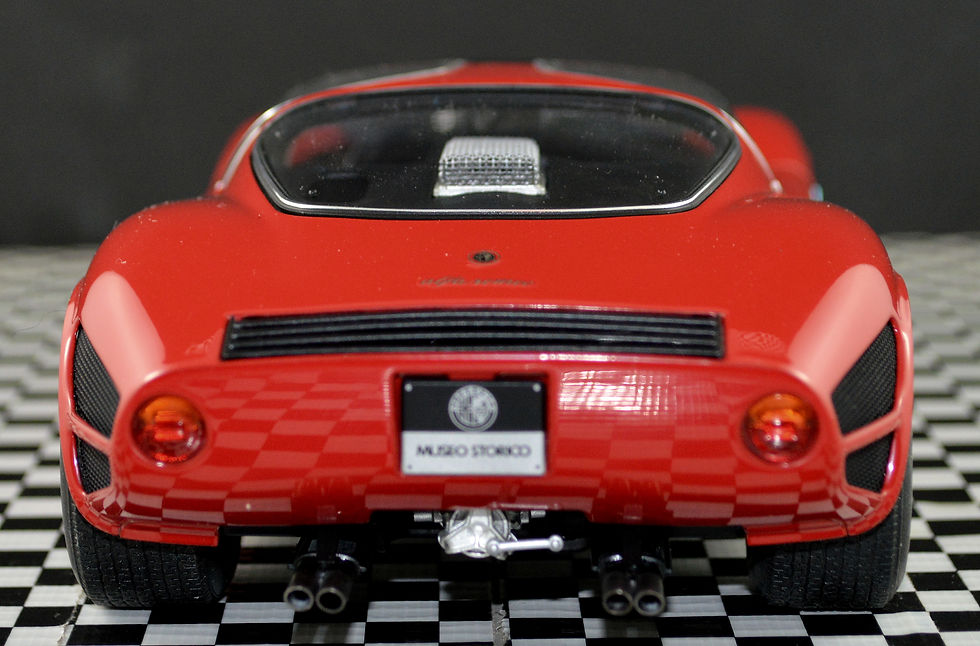
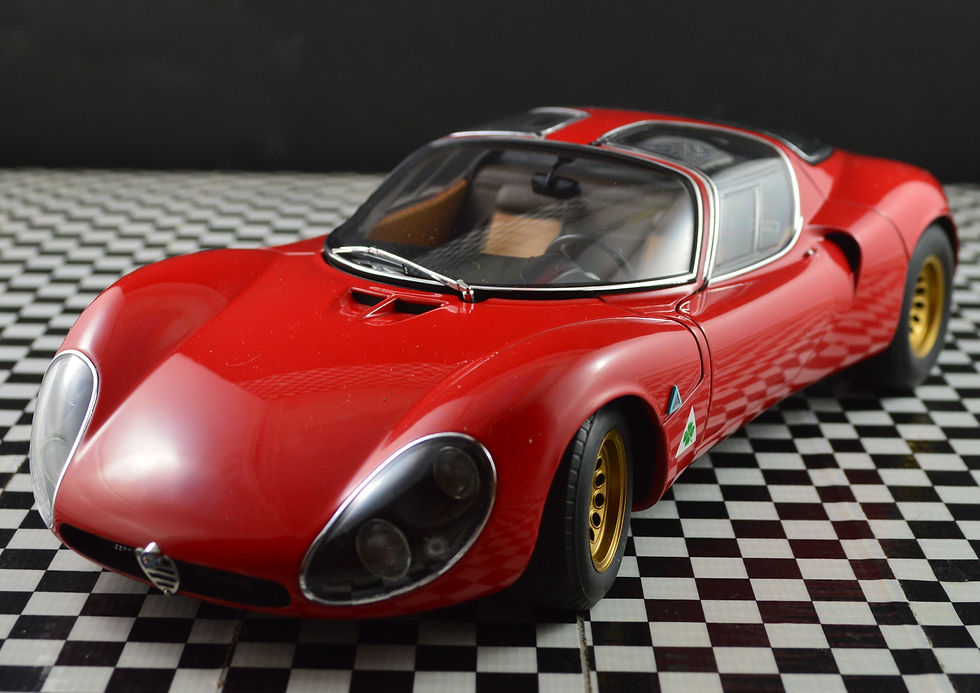













Bugatti T- 35

BUGATTI T35 - 1924
The Type 35 was phenomenally successful, winning over 1,000 races in its time. It took the Grand Prix World Championship in 1926 after winning 351 races and setting 47 records in the two prior years. At its height, Type 35s averaged 14 race wins per week. Bugatti organized the Targa Florio as a special spotlight for this car, and it claimed victory there for five consecutive years, from 1925 through 1929.
The Type 35 started out in 1924 as a 2-liter racecar that won numerous races in different categories and under various sets of regulations until 1931.
The last version of this model was a 2.3-liter car with compressor, known as T35 TC or T35B. The T35 was the only automobile of its time that could be driven both on the road and in races.
Year of manufacture 1924–31
Units built more than 300 (all 35 versions)
Engine 8-cylinder in-line engine, 3 valve/cylinder, overhead camshafts
Cubic capacity/bore [cm³/mm] 199/60 x 88
Compressor no
Carburetor 2 Solex
Power [HP at revolutions/min] 90 at 5500
Forward gears 4
Drive shaft-driven
Front wheel suspension live axle, semi-elliptical springs
Back wheel suspension live axle,
inverted quarter-elliptical springs
Brakes Cable drum brakes
Wheelbase [meters] 2.4
Wheel track [meters] 1.2
Tire size 710 x 90
Weight [kilograms] approx. 750
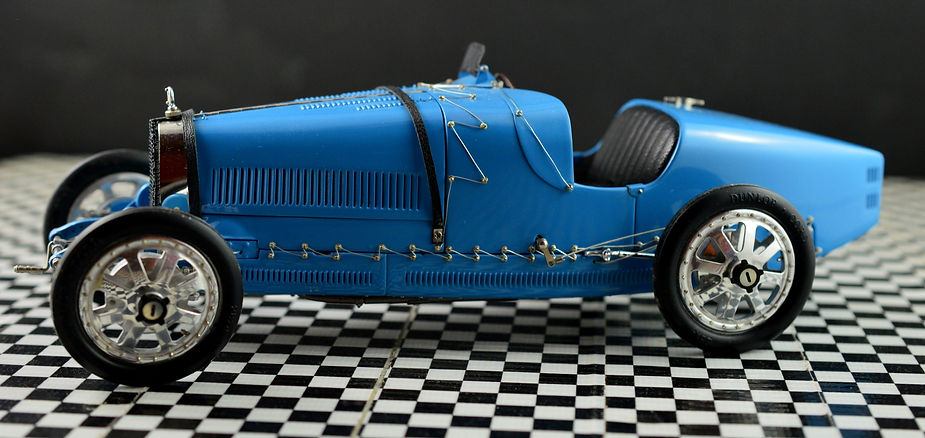
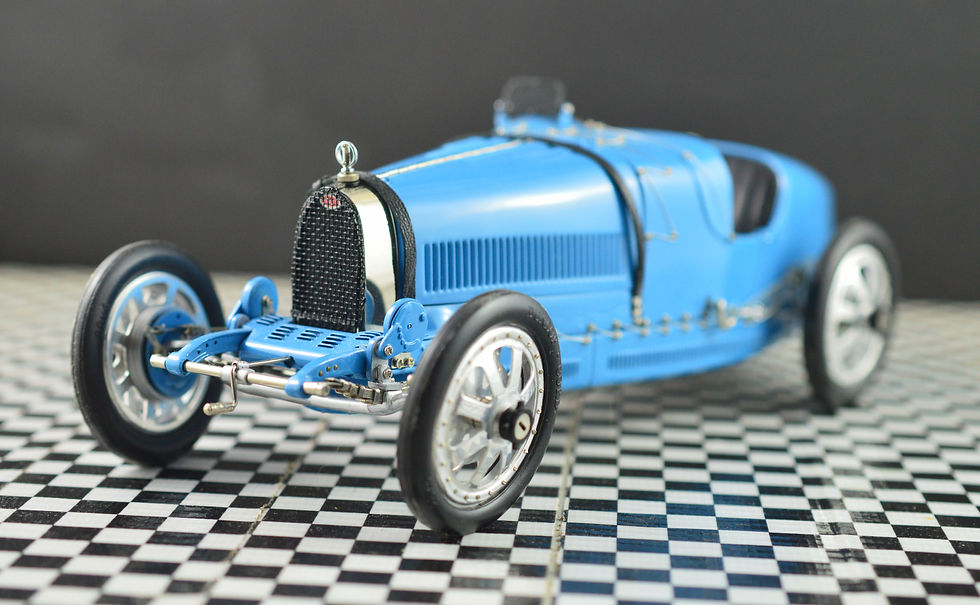
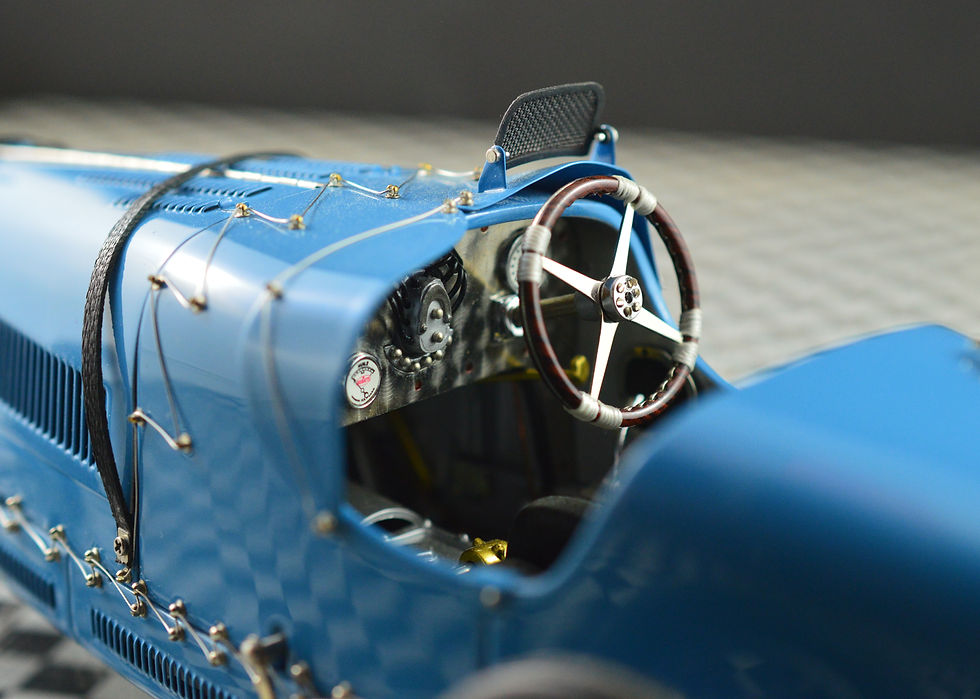
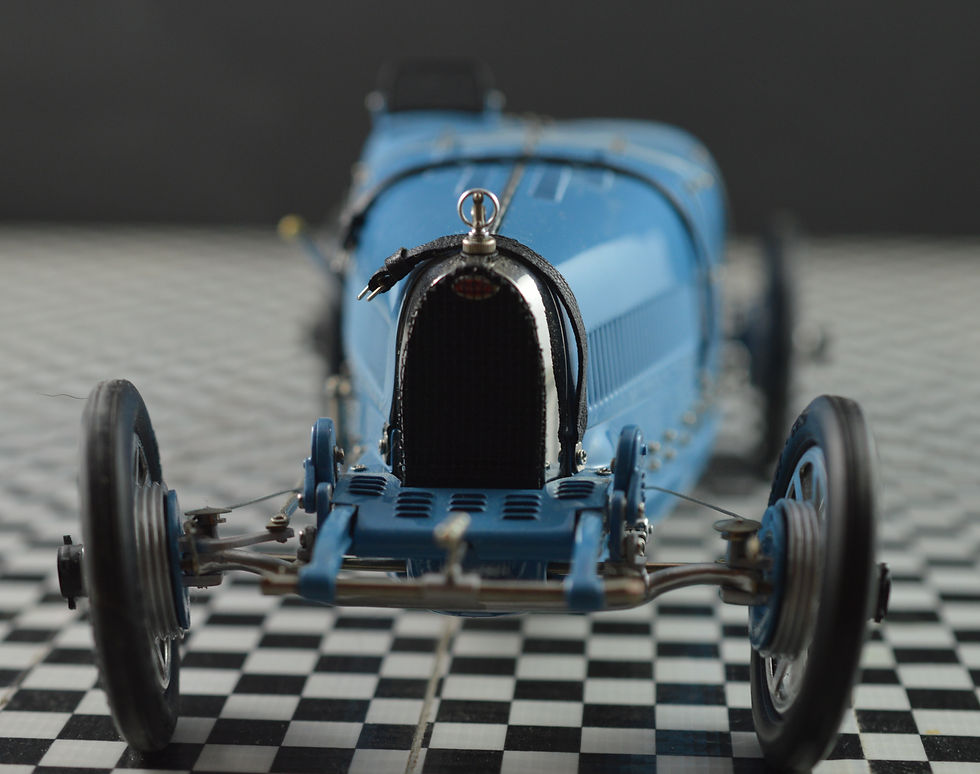
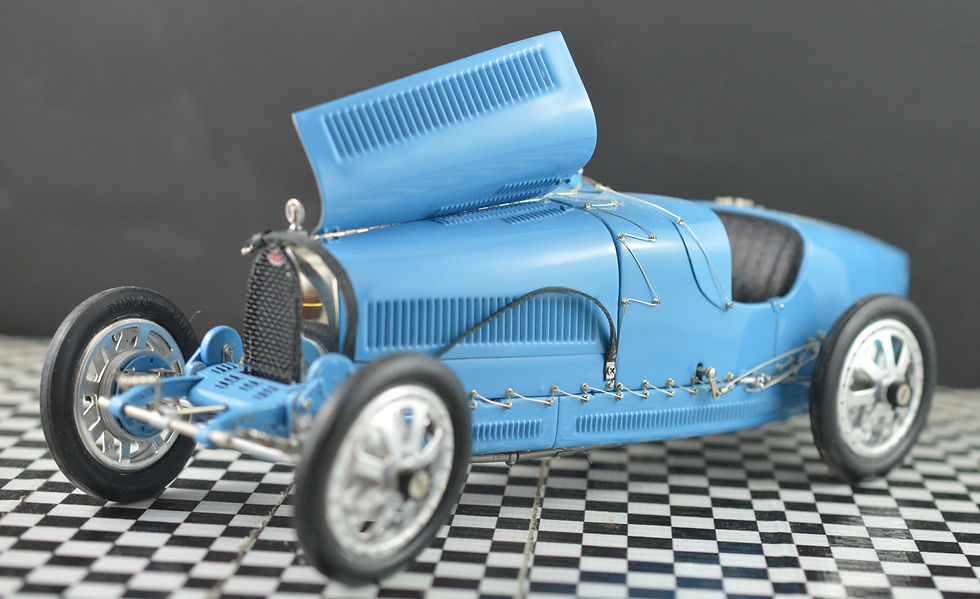




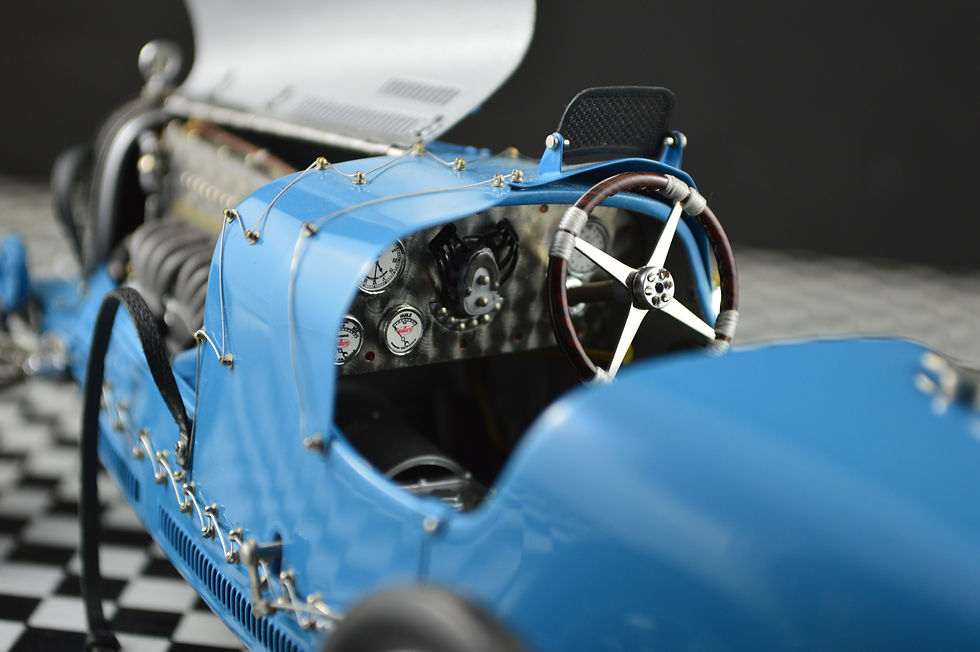












1924 Targa Florio

The Targa Florio was an open road endurance automobile race held in the mountains of Sicily near Palermo. Founded in 1906, it was the oldest sports car racing event, part of the World Sportscar Championship between 1955 and 1973. While the first races consisted of a whole tour of the island, the track length in the race's last decades was limited to the 72 kilometres (45 mi) of the Circuito Piccolo delle Madonie, which was lapped 11 times.
The wins of Mercedes (not yet merged with Benz) in the 1920s made a big impression in Germany, especially that of German Christian Werner in 1924, as he was the first non-Italian winner since 1920. The Germans wisely painted their car red so the Italian fans would mistake it for an Alfa and not throw rocks at it. Rudolf Caracciola repeated a similar upset win at the Mille Miglia a couple of years later. In 1926,


